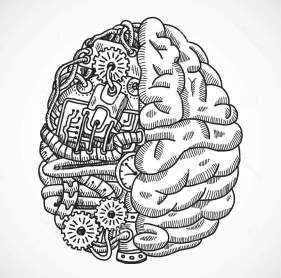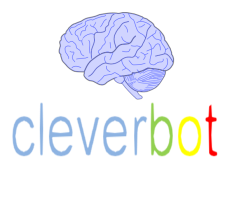Everything the brain does, it does due his structure as logical scheme, not by virtue of the material that composes it. So the same structure can be represented by other means and finds its physical reality in mechanical forms.
 After his work at Bletchley Park Alan Turing started working for NPL (National Physical Laboratory) where he dedicated himself about developing his universal machine. In his opinion this machine could solve every problem born by human mind, previously translated in a program.
After his work at Bletchley Park Alan Turing started working for NPL (National Physical Laboratory) where he dedicated himself about developing his universal machine. In his opinion this machine could solve every problem born by human mind, previously translated in a program.
Furthermore this machine could easily switch to one program to another by itself to solve more difficult problems. So it was like the machine could learn. Alan Turing called this theory The Imitation: the machine had only to imitate to do math, because it actually managed only electrical impulses. Unfortunately his theory was never realize because the government did everything possible to not realize the machine, so Turing retired from NPL and he continued to develop his theories on his own.
TURING TEST
In 1950 Alan Turing published an article in the ‘Mind’ magazine called Computing Machinery and Intelligence where he present The Imitation Game. The original game involves three players: A (a man who has the role to trick the interrogator into making the wrong decision), B (a woman that try to help him making the right one) and C, the interrogator that is of either sex. He’s unable to see either players and he can communicate with them only through written notes. Asking questions to A and B he tries to determine which of the two is the man and which is the woman.


Turing extend the game to the calculators replacing it with A or B: in this case if the interrogator couldn’t determine who was the man and who the machine, you could say that the calculator could think.
MODERN A.I.
One day ladies will go for a walk in the park in the company of their calculators and they will say: “Today my calculators said a very nice thing!”
Alan Turing

Siri interface
Today this theory is completely confirmed: in fact the intelligence of our devices has really improved. We could think about Siri, the digital assistant present in iOS devices: Siri can, for example, send text messages or set alarms by receiving vocal commands.

Cleverbot logo
Another example is Cleverbot, a web application that simulates a conversation with another uman. In 2011 Cleverbot has been tested in the Turing Test with some humans: Cleverbot has been judged to be 59.3% human while other human participants have just reached 63.3%. A score of 50% or higher is often considered to exceed the Test.